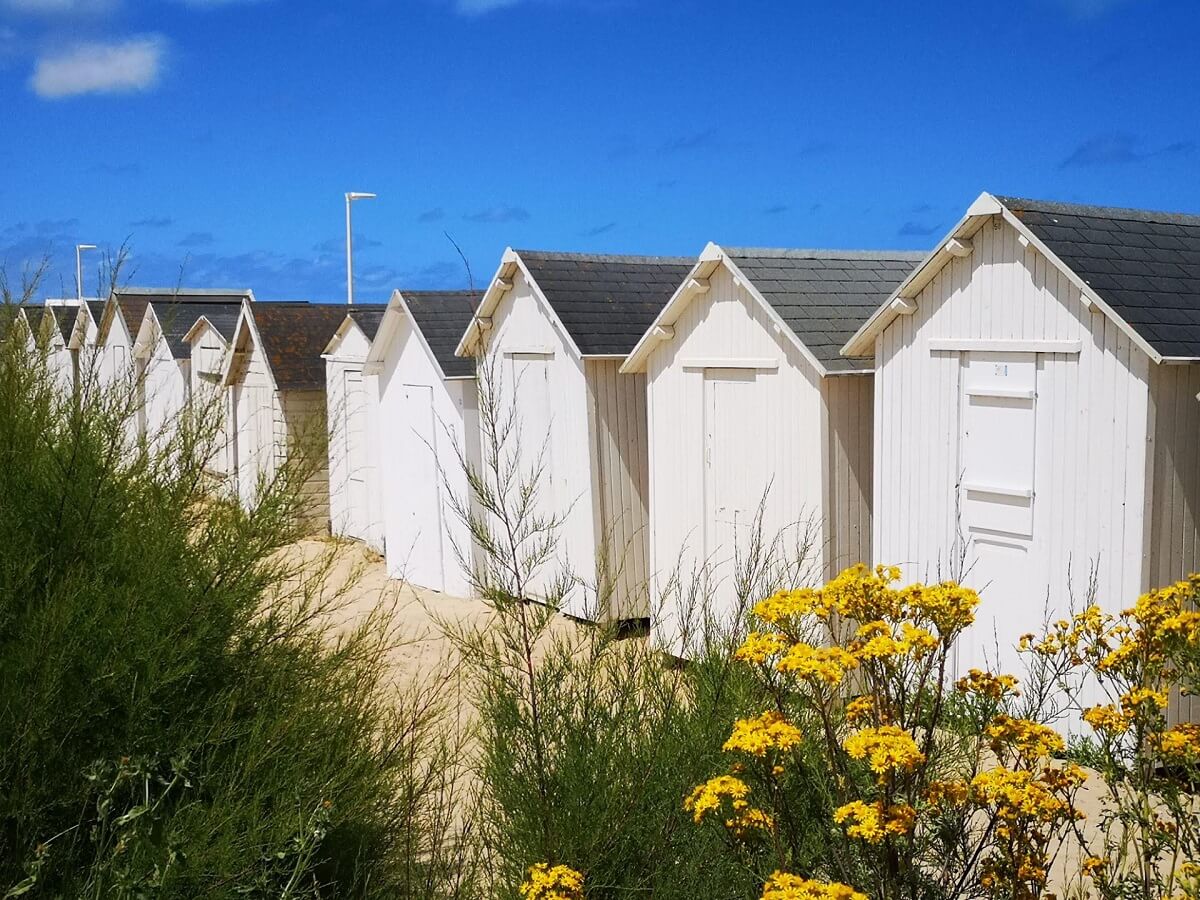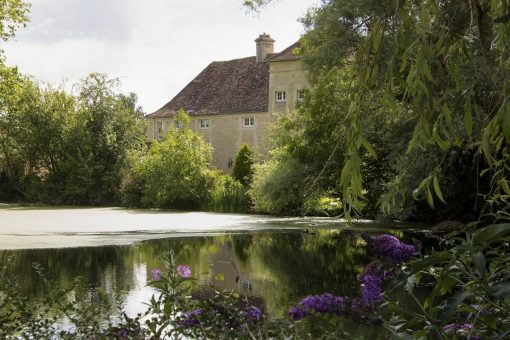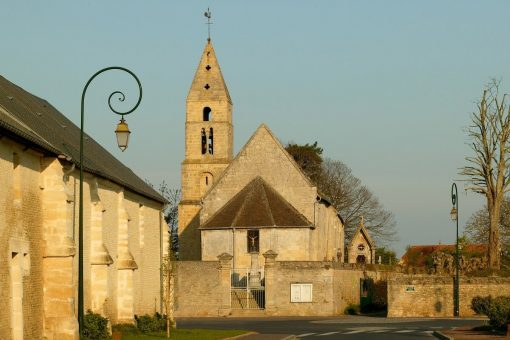THE beach of the Juno Beach area
Classified as a Remarkable Heritage Site, Bernières-sur-Mer, once an active trading and fishing port, has managed to preserve its rich architectural heritage despite the damage caused by the D-Day landings.
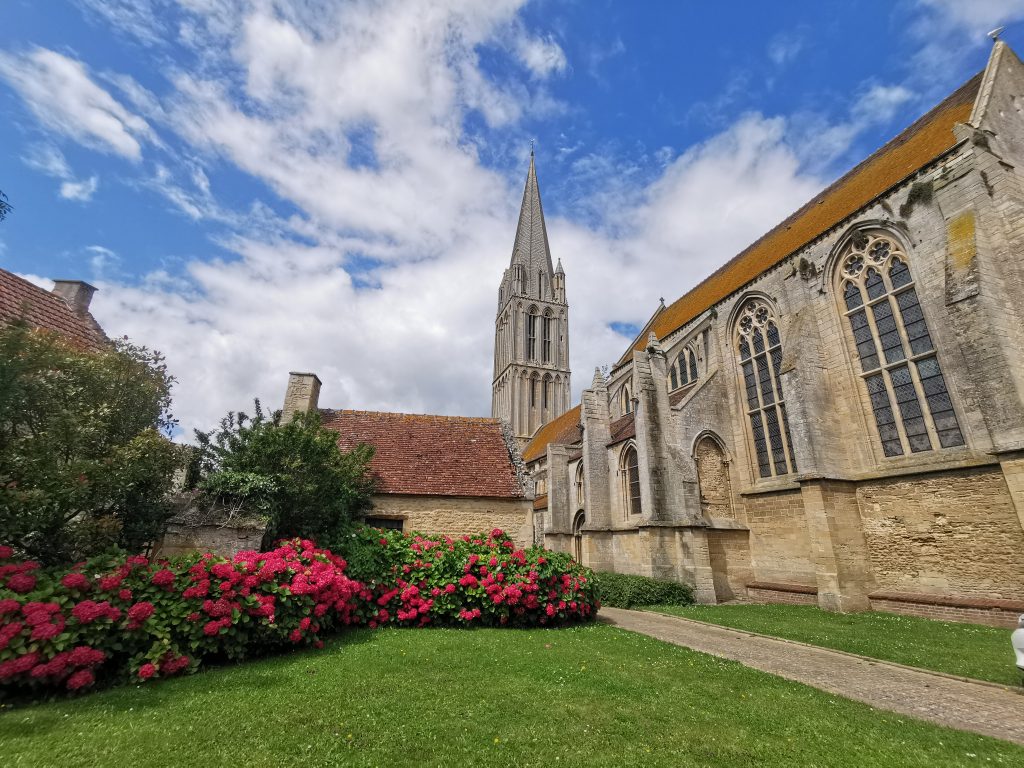
Bernières used to outstrip the neighbouring towns in importance, until the disappearance of its port, which had contributed to its expansion, as did the sea baths in the 19th century.
It has a church with medieval religious architecture, vast seigneurial residences and pretty houses in Creully stone.
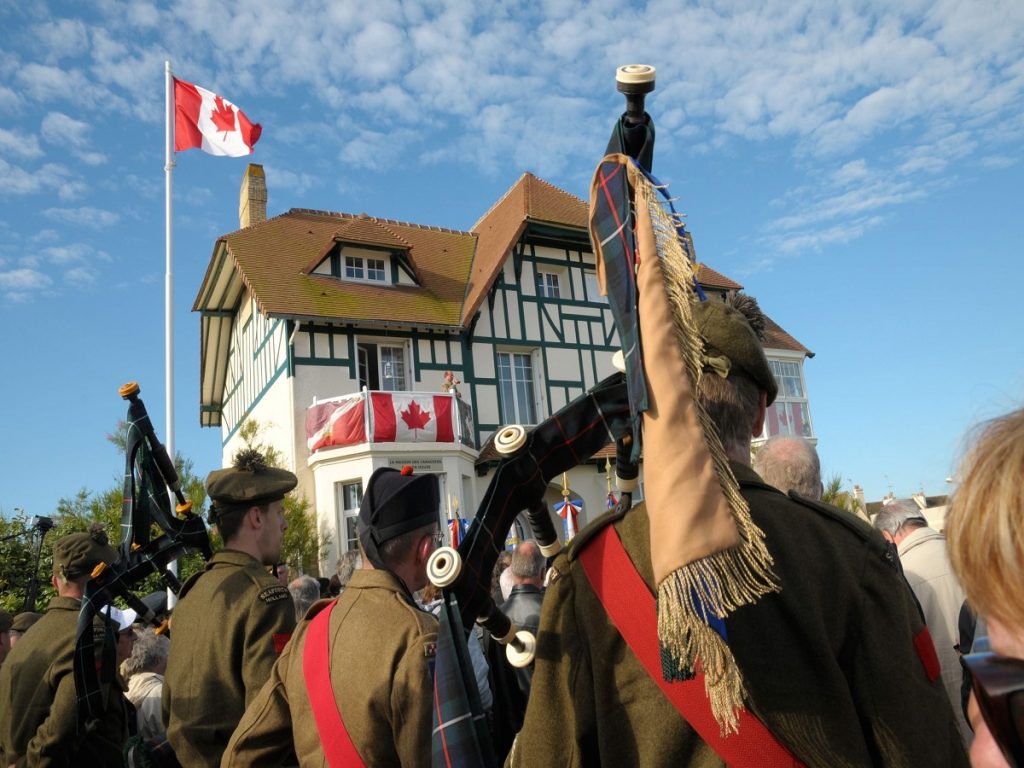
On 6 June 1944, the mainly Canadian allied forces landed on Juno Beach, opposite the Maison des Canadiens (famous House), and established a bridgehead at Bernières.
The remains of the Atlantic Wall can be discovered through the Remem’Bernières geolocation trail.
Today, Bernières-sur-Mer is a village where life is good. The commune has preserved its authenticity and quality of life, far from the urban agitation of the cities.
What to see, what to do

Fishing on foot : from a coefficient of 90, fishing on foot becomes a real pleasure at Bernières-sur-Mer, which benefits from a rocky plain favourable to the development of shellfish and crustaceans.
The 12th-14th century church : a fine example of medieval architecture. It has the highest rural tower on the coast at 67 metres high! The liturgical furniture, a monumental altarpiece is worth a visit.
Graffiti : testifying to Bernières ‘rich maritime past, graffiti representing ships adorns certain houses and the walls of the Auberge de la Luzerne.
Beach cabins : in parallel with the fashion for sea bathing, small cabins are springing up along the beach. People changed clothes, read and chatted in them. In order to avoid eccentric cabins, around 1920, the municipality imposed a single model of cabin. They are still there and overlook the beach.
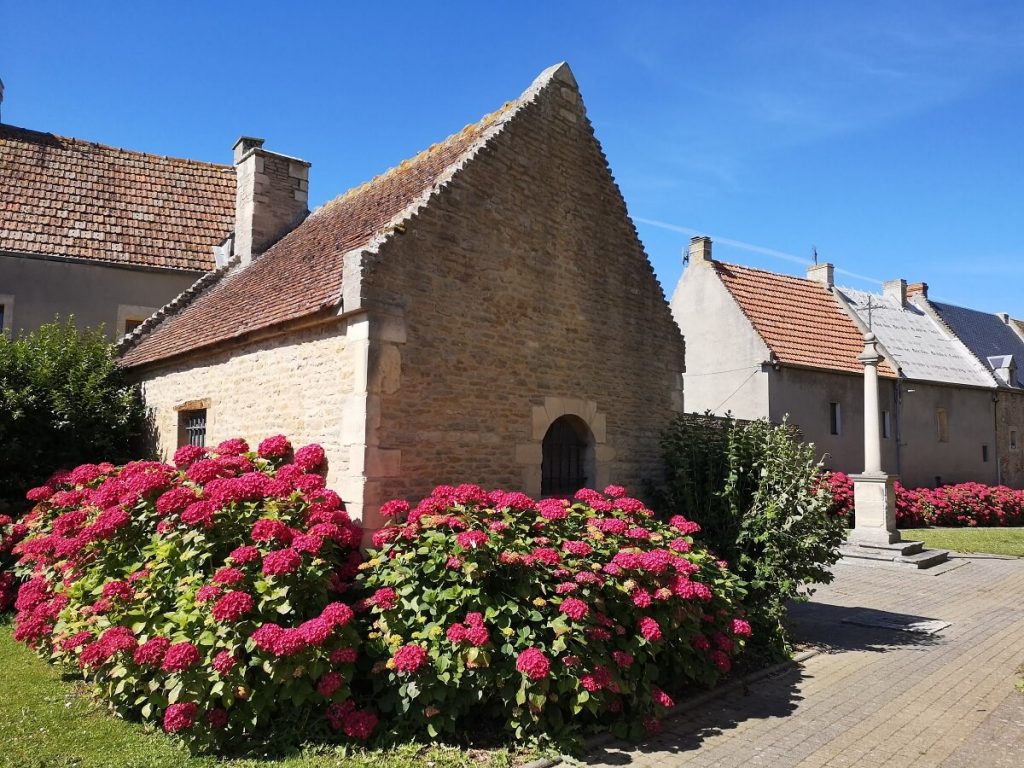
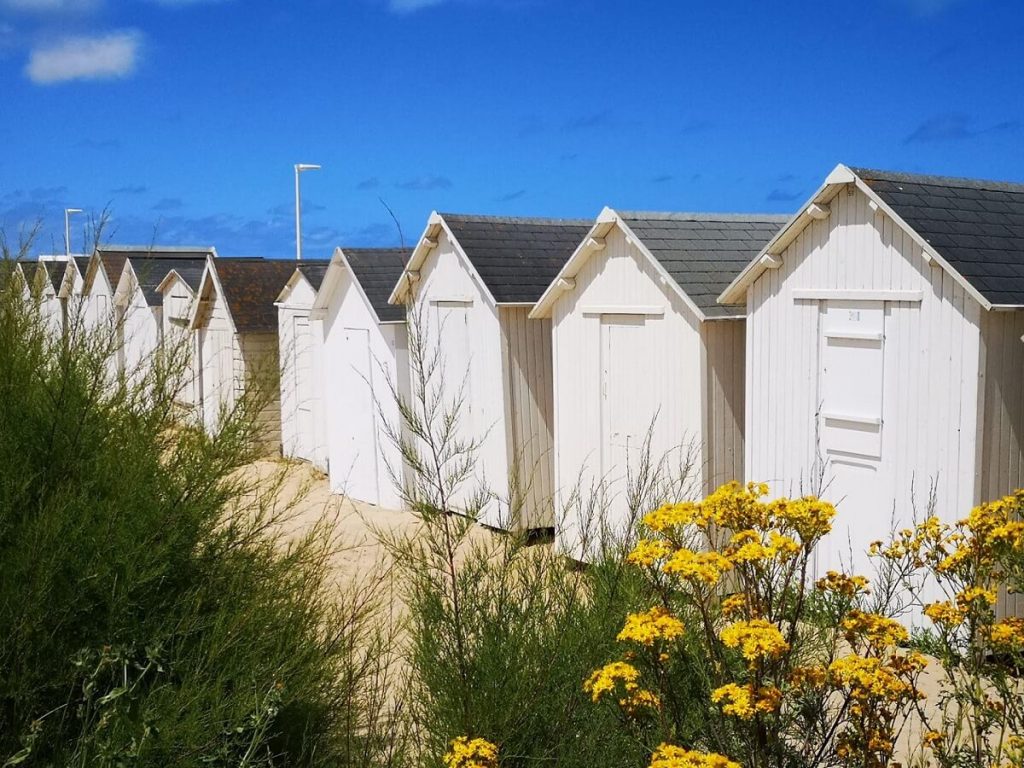
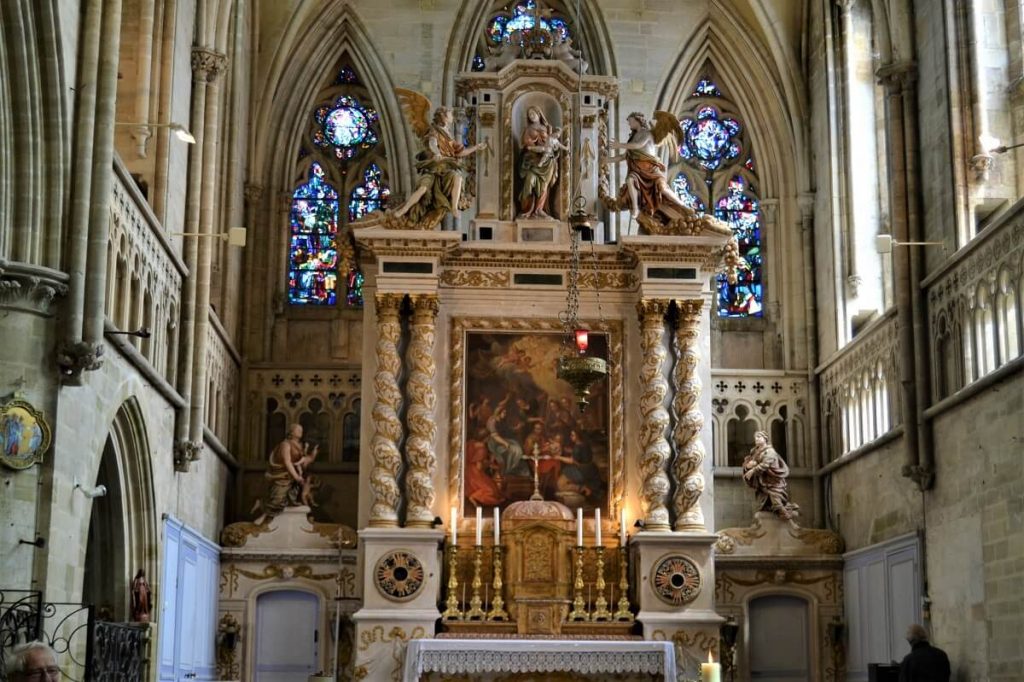
The famous House or the Queen’s Own Rifles of Canada house : this 19th century Anglo-Norman residence was the first house liberated by the Normandy landings on 6 June 1944.
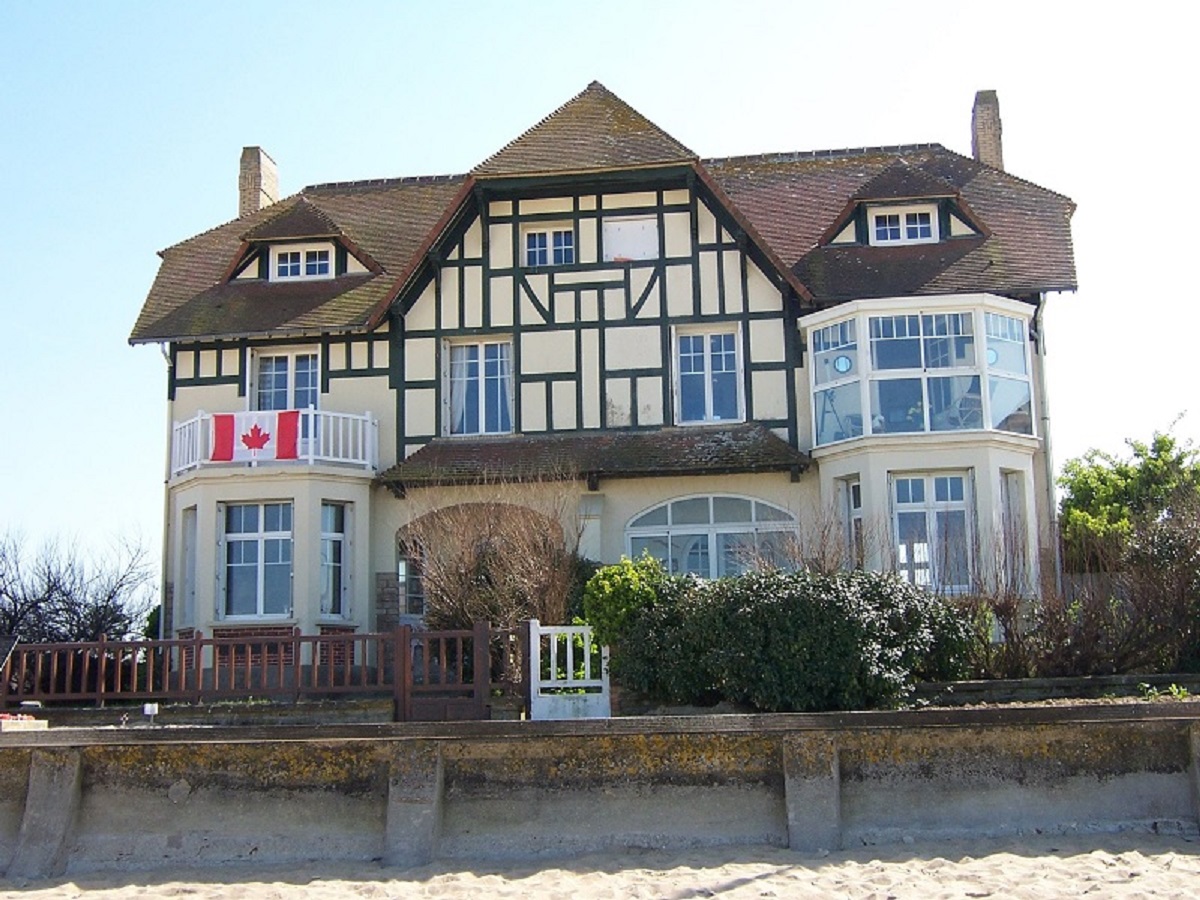
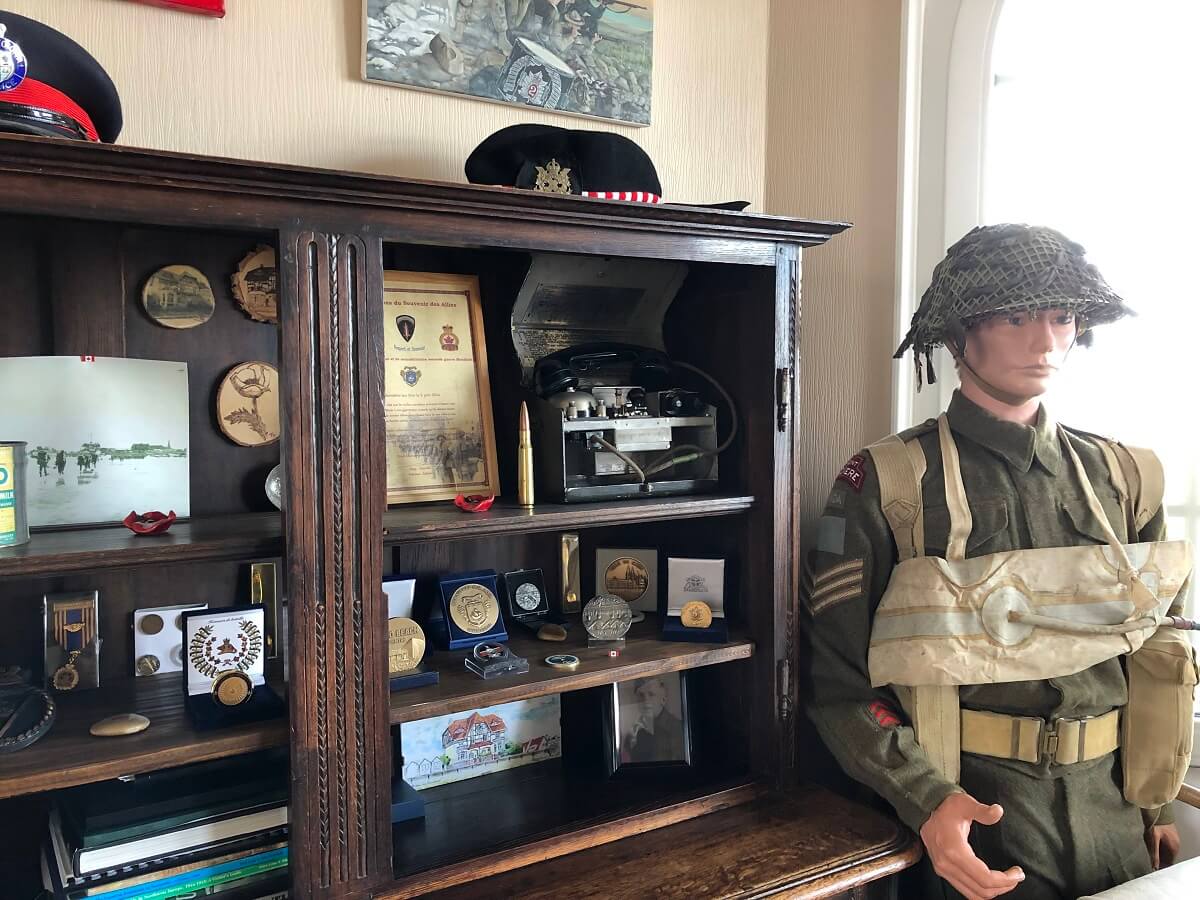
Le Marais du Platon : a protected natural area of 6 hectares along the dune line. This is a very pleasant place to go for a walk and observe a wide variety of plant and animal species.
Remem’Bernières : a free web application to discover the history of the D-Day landings, on 6 June 1944, in Bernières. 2 memorial circuits, marked out with period photos and points of interest with QR Codes.
The sailing club : this dynamic team of “sailors” organises the annual Berniéraise, a large nautical gathering in June to honour the soldiers who landed on Juno Beach.
Local Handymer : note that this room facing the sea is fully equipped for people with disabilities.
I discover the sights and places of interest in Bernières-sur-Mer on foot :
Find the map of Bernières-sur-Mer, an essential document for finding your way around and discovering tourist sites, buildings and public services.
Summer events
Bernières comes alive all season long.
Come and rediscover Bern’s rich heritage at the Pierres en Lumières festival, take part in the Fête du Vélo, join us in celebrating freedom regained at the D-Day Festival Normandy, relive the D-Day landings by taking part in the La Berniéraise, and follow the weekly tours organised by lovers of Bern’s heritage.

